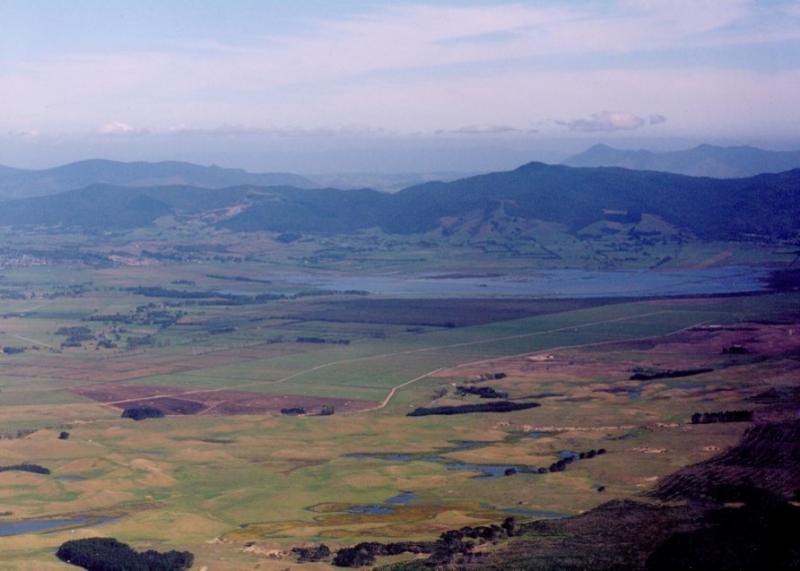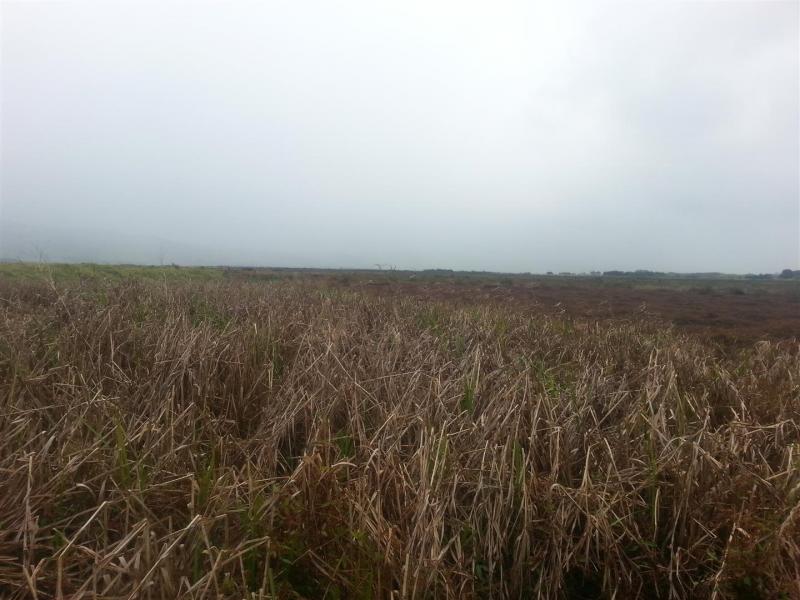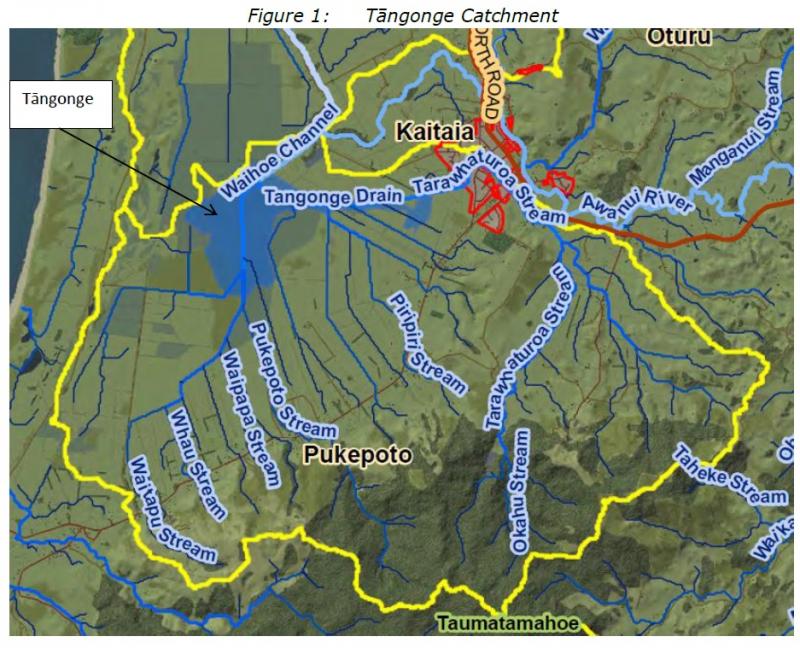Indigenous brands, Maori business, Kaupapa Growth and innovation, collaborative pilot projects, culture connection and exchange, design enabled economic, culturally enriched.

KO TĀNGONGE TE WAI
Tāngonge Wetland Restoration in Kaitaia, Northland, NZ
Click on thumbnails to enlarge
Location:
Kaitaia
Iwi:
Te Rarawa, Ngai Takoto
Nga Aho practitioner:
Troy Brockbank
Resources:
T. Brockbank W. Henwood W. Gregory
StormwaterconfrpresentationMay2014FINAL60514WH&WG&TBrevanoWH2.0
CatchmentandFloodSusceptibleLand




